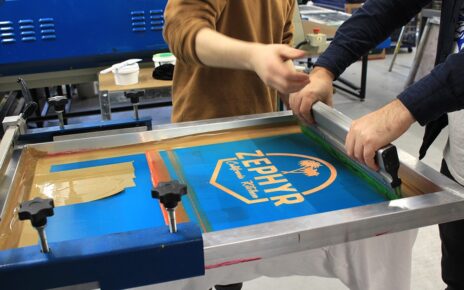Outside the practice of home care, when we go into somebody’s home, we definitely “know” them. They are open to welcoming us inside, in this way giving passage into their own. However, in-home care, we are welcomed in as “outsiders” when we initially meet another patient and family. This is respectful, and those in home care grasp and worth this dynamic. In home care, we should respect and regard this home spot and space.
So what makes home care unique?
Care or Case Management Condition: The Patient/Family Point of view
Having a home carenurse(perawat home care,which is the term in Indonesian]to contact when an inquiry emerges enables patients and families to get their questions replied and needs to be solved. They have one individual to call and build up a continuous remedial association with after some time. When patients have relevant questions, they are privileged to have somebody who knows them and have somebody get back to them quickly is significant and are supporters of value from a client administration and patient/family experience viewpoint.
Interchanges and Care Coordination: The Clinician’s Point of View
Interchanges and care coordination are connected and are critical to helping patients accomplish objectives. These are altogether different in-home care than in the inpatient setting, where everybody is in a similar structure and can adequately meet to discuss a patient or have eye to eye care coordination gatherings. Even though there might be private and personal gatherings, in-home care, and regular telephone calls to various colleagues are what keeps everybody advised of what’s going on with a patient. Electronic restorative or health records (EMR or EHR) and data systems have helped enormously in this journey to have everybody in agreement about what’s going on with the patient and family.
Communication and Care Coordination: The Patient/Family point of View
Telephone calls from the medical attendant or other colleagues between visits can be compelling approaches to refresh them on what’s going on with patients and families. Now and again, the family picks one “point” individual for communication. This individual or agent might be the essential caregiver or not. This is only one case of how the family can take an interest in care coordination and interchanges. These interchanges are vital to keeping up patients at home and to keeping the medical attendant advised of any changes, for example, a re-hospitalization, new or exacerbating ailment, or another need rising.
This communication may help counteract the requirement for a more elevated amount of care, for example, an emergency department visit. They also help engage patients to comprehend the medical attendant’s data when they have an inquiry. Patients have their questions replied and can proceed on their health goals with the correct information.





